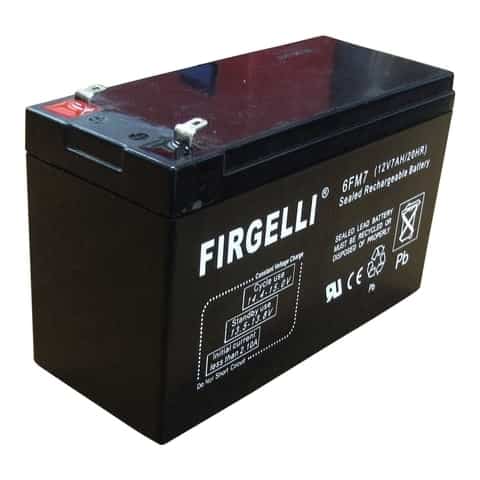
Actuator Switches
Switches are by far the easiest way to control your actuator, simply press the up button to make the actuator extend and then press the down button to make it retract, you control the direction depending on how you wire up the Actuator. Our switches all come on either momentary or sustaining modes, and they are very easy to wire up using our wiring diagram generator

Actuator Relays
Relays are a very easy way to control an actuator using a pulse signal from another device, typically relays just require a 12v dc signal which then triggers the relay to activate and move your motor or Actuator. Relays are either DPDT (Double Pole Double Throw) or SPST (Single Pole Single Throw) or SPDT (Single pole double throw) these different types offer different levels of control depending on what you want to achieve. Don't forget a power source however for the Actuator.

Power Supplies
You cannot control a Linear Actuator without some sort of power. Our actuators are either 12vdc which is the most common or 24vdc which is more for industrial applications. It is worth noting that the more force you need the more current draw the Actuator consumes, and this is why we offer power supplies with different Current draw (Amps) options. Our heavy Duty Linear Actuator that can push 2,200-lbs of force needs 10A power to make it run at this load level.

Micro-Controllers and Arduino's
For a very high level of Actuator controlling you probably need a microcontroller to achieve this. We have some plug-and-play options like our Synchronized Actuator controller that is ideal if you need to control multiple Actuators all at exactly the same speed, or even a speed controller if you want to control a single actuator at a set speed. For even more control you can go with an Arduino controller and write a program to inform the actuator to do certain things at certain times, or based on a particular signal input from something else. This may require some software writing that we can do for you for a fee if necessary.

Timer Relay
This clever little device is great to automate an actuator that you require to open and close at a predetermined time. Let's say you have a chicken coupe door you need opening in the morning then closing at night! then the timer relay would be the perfect solution for this.







